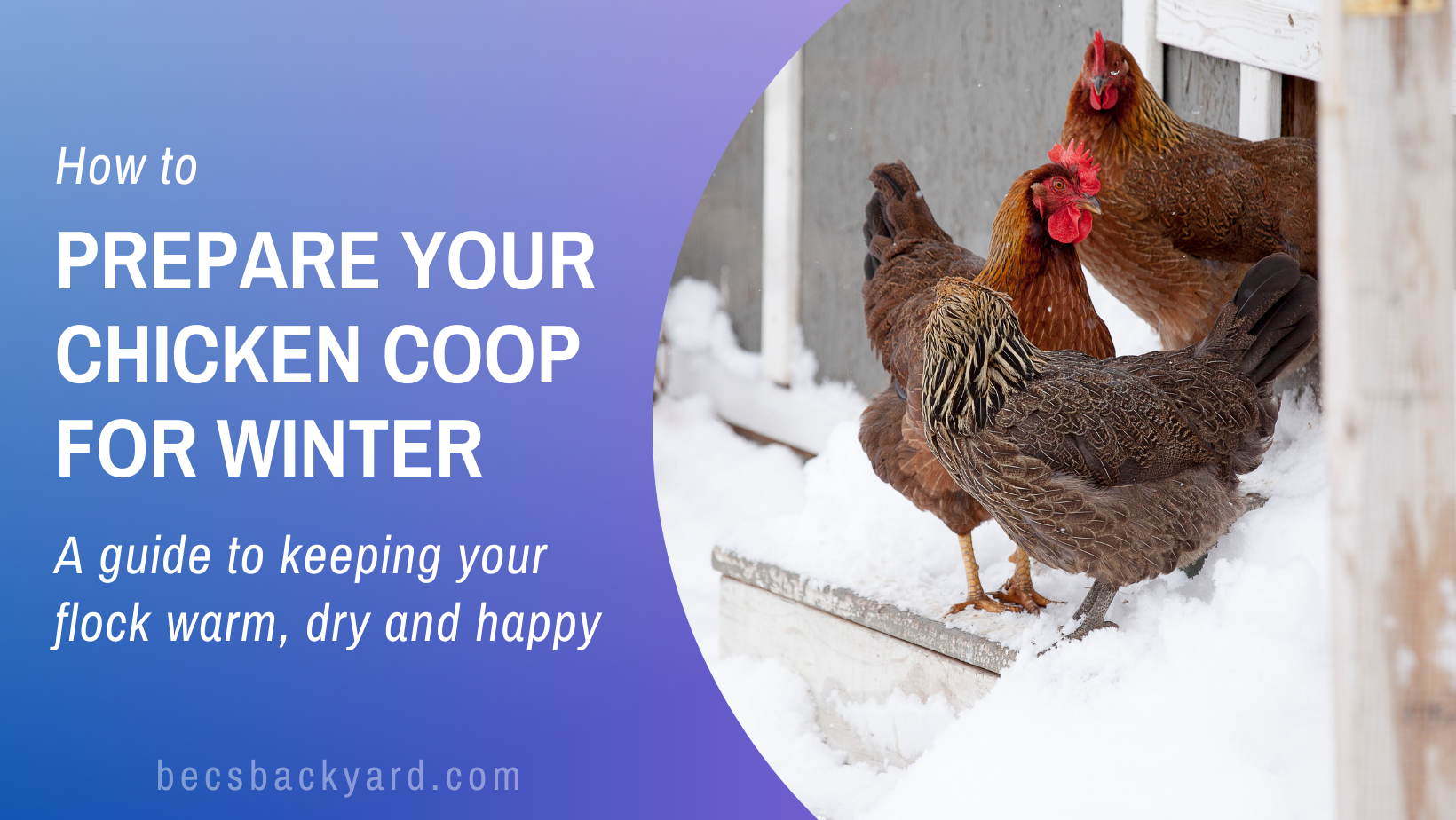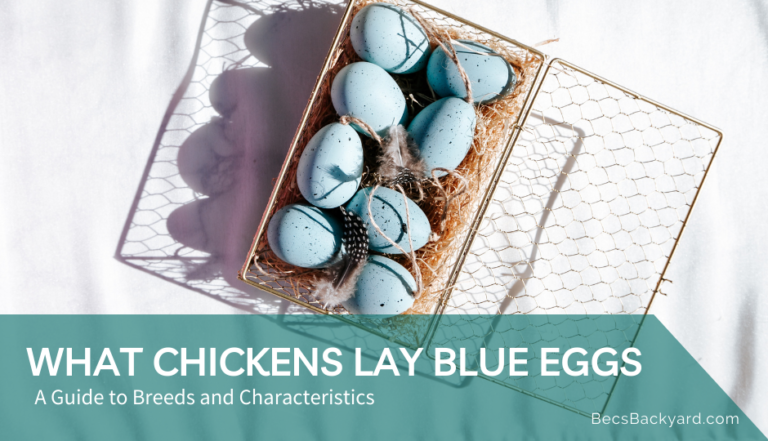How to Prepare Your Chicken Coop for Winter

As the chill of winter approaches, ensuring your backyard chickens stay safe and comfortable becomes a top priority. The key to successful winter chicken care starts with a well-prepared chicken coop. By implementing essential winterizing steps, you can shield your chickens from harsh weather and keep them healthy throughout the cold months.
Windproofing your coop is crucial to protect your flock from biting winds and freezing temperatures. Use materials like plastic or tarps to create a wind block around the coop, minimizing exposure to the elements. Additionally, consider installing mesh vents that allow for ventilation without creating drafts; this helps circulate the air while keeping your chickens warm and dry.
Think about the food and water needs of your chickens, which will change in the winter. Investing in a heated waterer can prevent your flock’s water supply from freezing. Maintaining a routine and stocking up on feed also ensures your hens remain nourished and continue to lay eggs despite the seasonal shift.
Assessing Your Coop’s Winter Preparedness
Ensuring your chicken coop is ready for winter involves evaluating two critical elements: insulation and ventilation. Both are vital for keeping your chickens warm and healthy.
Inspecting Coop Insulation
Check that your coop’s walls, ceiling, and floor are properly insulated. Good insulation helps retain heat, which is crucial in a cold climate. You can use materials like foam boards, straw bales, or even old blankets to add an extra layer of protection.
Examine the seams and corners for any gaps where warm air could escape or cold air could enter. Fill these gaps with caulk or weatherstripping. An effective way to determine if more insulation is needed is by monitoring the temperature difference inside and outside the coop.
Adding a thermal cover over the coop at night can also help trap heat. Don’t forget to secure the doors and windows to prevent cold drafts from coming in.
Checking for Proper Ventilation
It’s important that while the coop is insulated, it also maintains proper ventilation. Without it, moisture can build up, leading to respiratory issues in your chickens. Make sure there are openings for air to circulate without causing strong drafts.
Look for roof vents or small holes near the roofline that allow air to flow without chilling your flock. Ensure these are free of obstructions like dust or debris.
You can use vent covers to control airflow as needed. Observe humidity levels inside the coop using a hygrometer. Adjust the ventilation if moisture levels are high, ensuring fresh air circulates to keep your chickens comfortable.
Implementing Winter Bedding Strategies
Winter bedding is crucial for keeping your chicken coop warm and comfortable. Choosing the right material and using effective methods will help maintain the right temperature and reduce moisture in the coop.
Benefits of Deep Litter Method
Using the Deep Litter Method involves layering bedding and stirring it regularly. This method helps generate heat as the bedding breaks down naturally. The slow decomposition process creates warmth, providing comfort for your chickens during colder months.
This technique allows beneficial microbes to develop. These microbes help break down waste, thus controlling odors and maintaining a healthier environment for your birds. Additionally, the deep litter acts as excellent insulation against the cold ground.
With regular maintenance, the Deep Litter Method can reduce the frequency of bedding changes, thus saving time and effort. You should still check the condition of the bedding regularly and stir it to keep it fresh.
Choosing Appropriate Chicken Bedding
When it comes to bedding materials, both straw and hay are excellent choices for winter. They are natural insulators and provide warmth for your chickens. These materials are readily available and can be layered easily.
Wood shavings are also a popular option. They are good at controlling moisture and reducing odor. Dry leaves can provide extra warmth but may need more frequent changes.
Always ensure that the bedding is dry and free from any mold. Damp or moldy bedding can promote the growth of harmful bacteria, which is risky for your chickens’ health. Keeping the bedding clean and dry will help maintain a cozy environment throughout the winter.
Water and Food Management During Cold Months
Ensuring proper water and food management is crucial during winter to keep your chickens healthy. You need to focus on preventing water from freezing and keeping their food supply consistent and accessible despite the cold.
Preventing Frozen Water
Frozen water is a common challenge in winter. As water freezes, chickens can become dehydrated quickly, which affects their health and egg production. Regularly check waterers throughout the day to ensure they remain ice-free. Positioning waterers outside the coop helps to keep them warmer with direct sunlight, but make sure it doesn’t freeze overnight.
Use insulated water bowls or buckets if temperatures are extreme. Another option is to periodically add warm water to the bowls in freezing conditions. Consider covering the waterers with water-resistant materials, which may prevent them from freezing too quickly. Remember to check weather forecasts often to anticipate and manage colder days.
Using Heated Waterers
Heated waterers are an effective solution to prevent water from freezing during cold months. You can purchase electric waterers designed specifically for this purpose, which maintains a consistent temperature. They come in different sizes and shapes, so choose one that fits the size of your flock and coop design.
For safe use, ensure that any electrical cords are out of reach of the chickens to avoid accidents. Regularly inspect the heated waterers to ensure they’re functioning well and clean them to avoid algae growth or contamination. Heated water bases are also available and can be a more discreet option for keeping existing waterers from freezing.
These combined tactics should help maintain your chickens’ access to fresh, unfrozen water throughout winter.
Enhancing Coop Warmth and Safety
Ensuring your chicken coop stays warm and safe during winter is important. By securing it against wind and drafts and using heat sources safely, you can create a cozy environment for your flock.
Securing Against Wind and Drafts
To protect your coop from cold drafts, focus on airflow management. Install vents at the top of the coop to allow humid air to exit without letting cold winds blow directly onto your chickens.
Consider adding a wind block outside the coop. Plywood or plastic sheeting can be effective. Position these materials on the sides that face the strongest winds.
Ensure that all windows and doors close tightly. Seal any gaps and cracks to prevent drafts. Use weatherstripping to improve insulation if needed. A snug coop keeps chickens comfortable and healthy.
Safe Use of Heat Sources
Using heat in the coop requires care. A chicken coop heater can provide warmth but should be placed safely away from flammable materials. Some models come with safety features like automatic shut-off.
If you use heat lamps, ensure they are well-secured because they pose a fire risk if they fall. Never put them near bedding or wooden surfaces.
Monitor temperatures inside the coop regularly. It’s vital to keep the environment warm but not overheated to avoid stress on your birds. Providing warm water and feeding high-energy grains can also help maintain warmth naturally.






